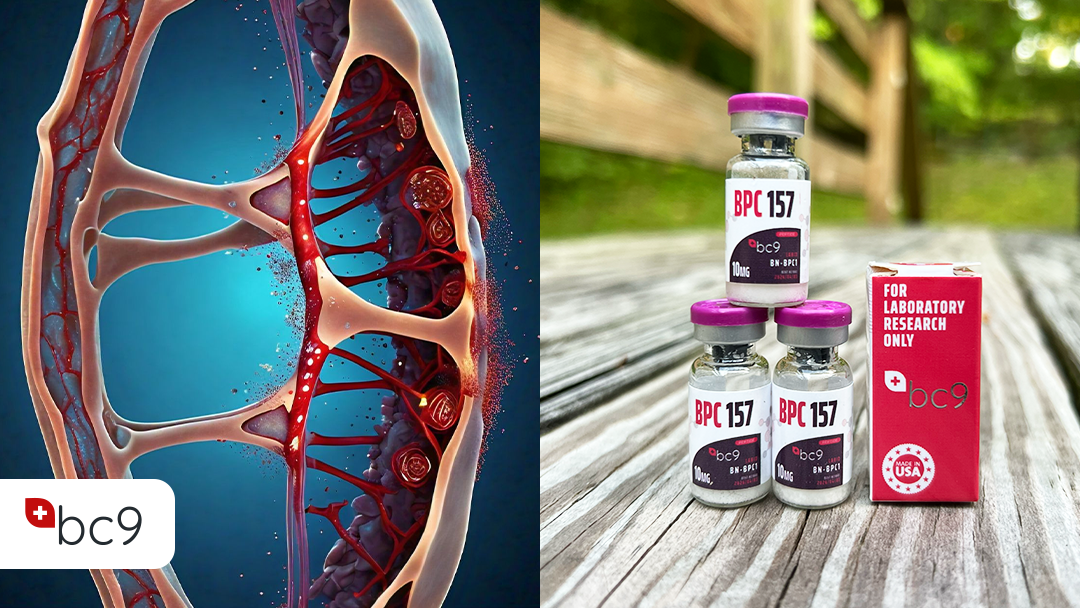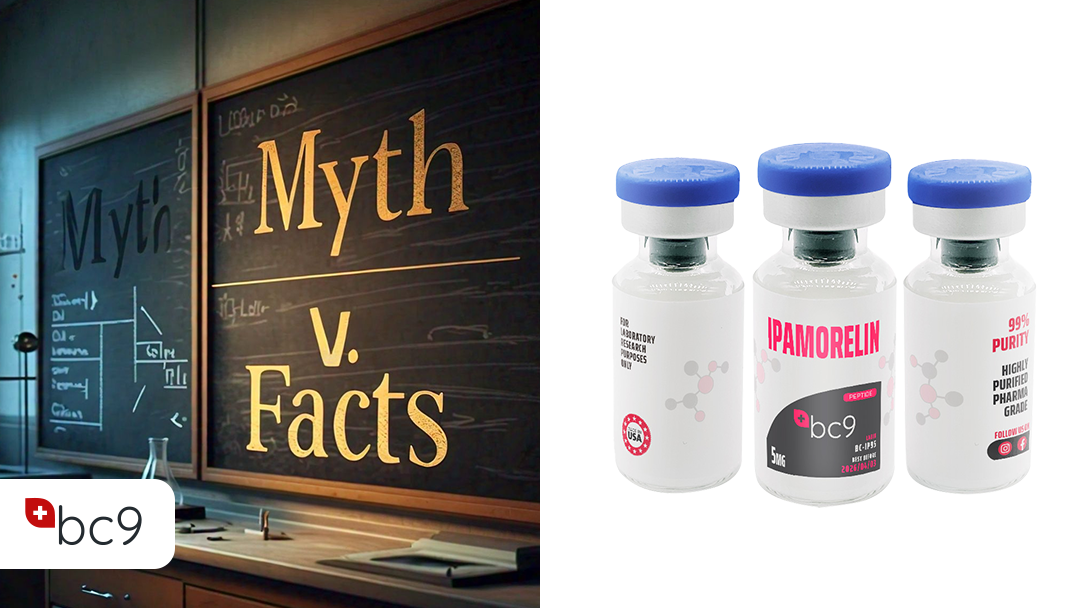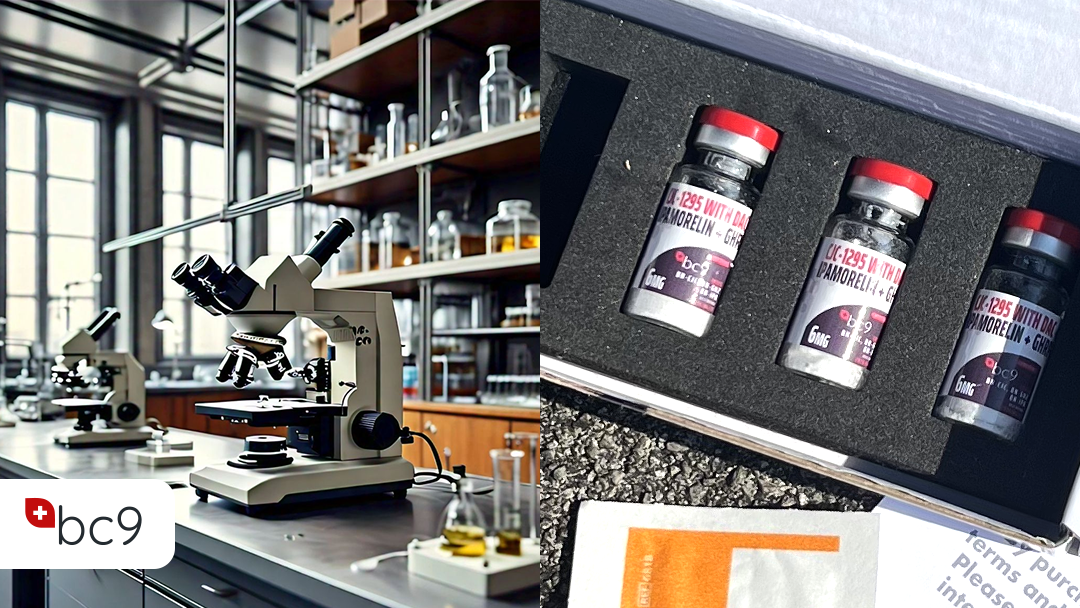
Does the BPC-157 Peptide Work?
BPC 157 has been hailed as a potential wonder drug for future healing interventions. It is made from a small partial sequence of a compound responsible for protecting the body and is derived from human gastric juice. Research shows that BPC 157 heightens the potential healing factor and ability of many different types of tissue. This may apply muscles to tendons and the nervous system. In this article, we will look at some of the latest research and investigate its potential. Does BPC-157 peptide work? What is BPC-157? The human body contains over 7000 peptides, one of which is BCP-157. These peptides each have unique functions. BPC-157’s function is to help the body with its regeneration process. This may aid the cells in restoring the body by increasing the cellular production cycle. These potential benefits are found to be more evident in injuries that result in muscle and tendon tears. How Does BPC-157 Peptide Work? BPC-157 is a synthetic pentadecapeptide that is composed of 15 amino acids. It is a partial sequence of the body protection compound (BPC) found in human stomach juices. It has been investigated for inflammatory bowel disease and soft tissue healing. The natural peptide plays a crucial role in protecting the lining of the GI tract from damage. Yet another role BPC plays in the stomach is that of a healer. Research has shown that it can prevent and heal stomach ulcers by triggering blood vessel growth (angiogenesis). Here is how BPC 157 works: Triggers Angiogenesis Angiogenesis is the process of forming new blood vessels. BPC-157 has the potential to promote this by increasing VEGF, a protein that helps create new blood vessels. [R][R] Research has found that angiogenesis is essential during tissue repair. It plays a crucial role in wound healing by forming new blood vessels from existing ones. This results in granulation tissue formation, an essential component in the wound healing process. [R][R] Boosts Nitric Oxide Production In isolated rat aorta, BPC-157 had the potential to increase nitric oxide production. This may potentially lower blood pressure and counter the effects of high potassium. Nitric oxide additionally helps by potentially narrowing blood vessels for improved blood pressure and heart health. It may also boost immune cell communication and response. [R] [R] [R] Inhibits 4-Hydroxynonenal 4-Hydroxynonenal (HNE) is a molecule found in the body to links to several health problems, including metabolic diseases, brain disorders, and cancers. [R] In a study involving male Albino rats, BPC-157 consistently opposed HNE. It interfered with the effects of HNE in vitro on the growth of tenocyte cells, both when added before (BPC 157 + HNE) as well as when added later (HNE + BPE 157). [R] Induces Healing A 1997 study investigated how BPC-157 may potentially affect key parts of healing. This includes tissue repair, collagen formation, new blood vessel growth, and strength. In three rat models, the study found that BPC-157 had the potential to significantly improve healing compared to control. This was observed regardless of the application method. This suggests it could be a useful future treatment aid. [R] Enhances Growth Hormone Receptor Expression A study was conducted to explore the effect of BPC 157 on the tendon fibroblast isolated from the Achilles tendon of rats. [R] The results showed that BPC 157 increased the expression of the growth hormone receptor (GHR), which could boost the growth-promoting effects of growth hormone and help heal the tendon.[R] What are The BPC-157 Benefits? Inflammatory Bowel Disease (IBD) Potential Potential to Accelerate Wound Healing and Inflammation Potential for Tendon & Muscle Healing Burns, Cuts & Broken Bones Healing Potential BPC-157 and Potential for Weight-Loss Potential for Brain Health Gut Health Research NSAIDs Toxicity Research Potential Research Side Effects As with most research compounds, Side effects are to be explored to warrant further safety and efficacy. These side effects, while limited, are important to understand so that you can be aware of how subjects might react. The most common BPC-157 side effects that are considered negative include: Frequently Asked Questions Is BPC 157 a banned substance? On January 1, 2022, the World Anti-Doping Agency (WADA) added BPC-157 to its Prohibited List. BPC-157 is now prohibited under the S0 Unapproved Substances category of the list. What is the safety of BPC-157? BPC157 did not show any test-related effects in the single-dose toxicity study. BPC157 was well tolerated in repeated-dose toxicity evaluations in research subjects.




